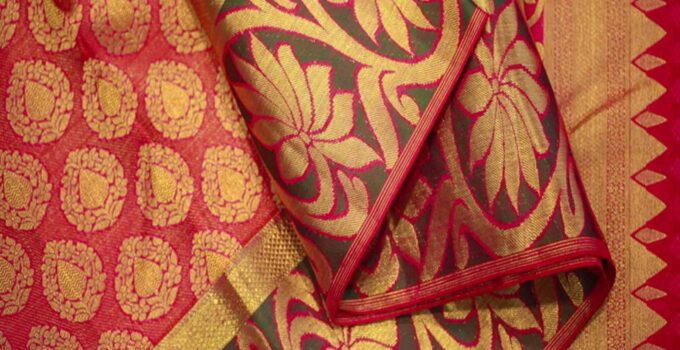The kanchipuram pattu saree (frequently spelled ‘saree’), is a piece of clothing generally worn in India, Sri Lanka, Pakistan, Bangladesh and Nepal. It very well may be a treasure gone down through ages, or a simply practical article of clothing worn regular. It’s seen on avenues and runways and has affected style architects over the world. Much adored but then frequently misconstrued, here are nine realities you probably won’t think about the sari, as observed from India.
Page Contents
1. A kanchipuram pattu saree is more than only ‘a whole bit of handwoven fabric.
Customarily, the sari has been characterized as a solitary bit of unstitched texture, frequently with heavier segments to enable it to wrap accurately. Its outskirt (similar to a stitch) would be woven with a heavier thickness, as would its ‘pallu’ (the frequently embellishing end piece).
Be that as it may, today, its definition stretches out to incorporate materials woven by plant or by hand, frequently with one predictable thickness. The term ‘sari’ has likewise developed to wind up comprehensive of contemporary materials, including cotton, silk, engineered fiber and others.
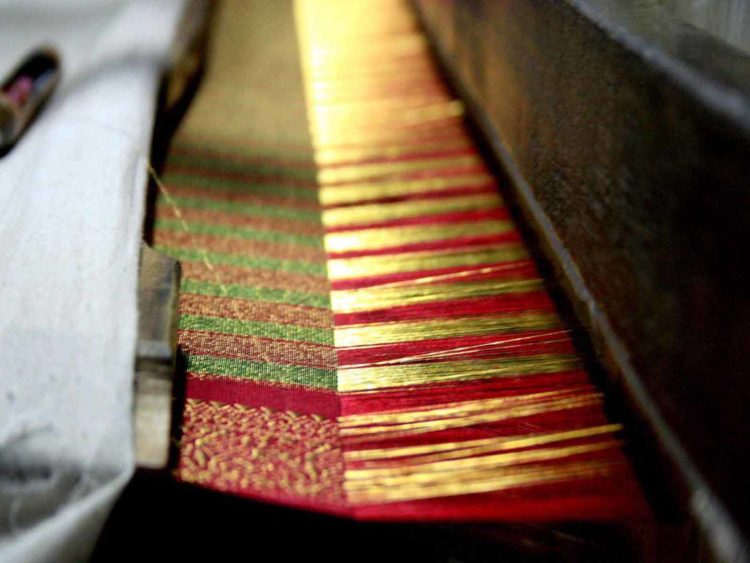
source: unnatisilks.com
2. A kanchipuram pattu saree can be hung more than 100 different ways
If you somehow happened to Google ‘how to wear a sari’, several recordings would offer tips on the most proficient method to splendidly wrap your Kanchipuram pattu sari. Frequently individuals believe there’s solitary one approach to wear a sari, however, if you know how to do a Google search, you will end up seeing a dozen ways to wrap your beautiful saree.
In any case, in all actuality there are many distinctive approaches to wrap a sari. A large portion of the wrap styles are locally explicit and – simply like nourishment and language in India – the window hangings are an aftereffect of setting, geology and capacity.
It’s additionally sensible to expect that there are different curtains in presence that haven’t yet been authoritatively archived. You could even venture to such an extreme as to state that you can wrap a sari anyway you like.
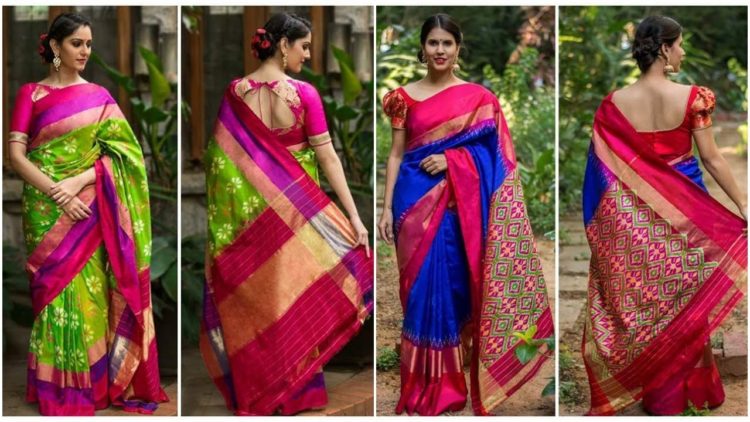
source: greashirts.com
3. A sari ranges from 3.5 yards to 9 yards long
The sari is most regularly thought to be 9 yards long. Yet, given the different hanging styles, saris regularly require diverse lengths for various curtains. Take Kanchipuram silk sarees as an example. This divine piece of pure magic is available in 6 and 9 yards and only a skilled craftsman can make such a wonderful piece of magic. Kanjivaram Silks makes these kanchipuram pattu sarees.
4. Wearing a Kanchipuram sari requires exactly *zero* self-clasping pins
Numerous individuals think a sari is in danger of ‘tumbling off’ and utilize many self-locking pins to verify it. To be sure, self-locking pins can be utilized to feel increasingly safe, yet they are not really required.
Truth be told, when abused, self-locking pins frequently make the article of clothing progressively inflexible, which isn’t how it should be worn. You can easily skip those pins and wear a saree at one go. You just need some practice and soon you will realize how easy it is to drape a saree.
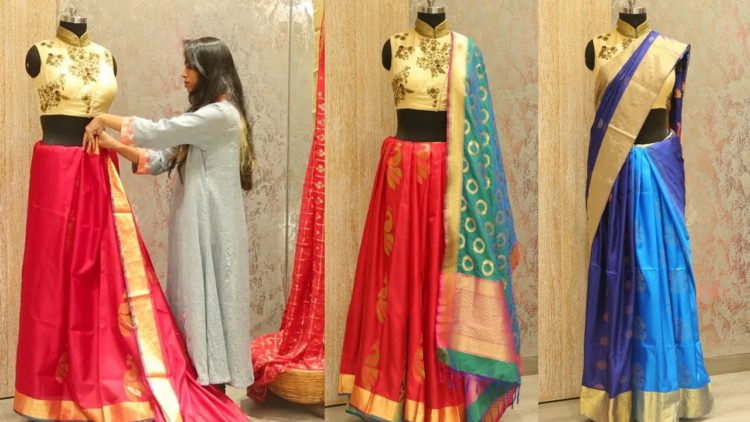
source: youtube.com
5. The kanchipuram pattu saree is anything but difficult to wear – and can be worn by anybody
Wearing a sari is progressively much the same as making a sandwich or sending an email than making a soufflé or propelling a rocket. It has the appearance and notoriety of being hard to wear yet solicit any one from a great many ladies who wear one consistently – it’s definitely not. The sari rises above financial divisions and is viewed as a populist piece of clothing.
For those without any connections to the sari, the subject of social apportionment regularly emerges. It can’t talk in the interest of all of India, yet 95% of respondents in our overview proposed that Indians are available to anybody wearing the sari. Obviously, with the stipulation that it’s not with regards to an ensemble and is worn with deference.
6. You can really wear a kanchipuram pattu sari without a shirt and a slip
The kanchipuram sari was worn without a pullover and underskirt before the British Raj. Amid the smug Victorian time, exposing one’s chest or being blouse less was viewed as ill-advised, so the Raj advanced the wearing of shirts and slips with unsettled trims. The outcome? Indeed, even today, a great many people wear the sari with a pullover and underskirt. In any case, none of the territorial sari wraps really require an underskirt, and many can be worn without a pullover.
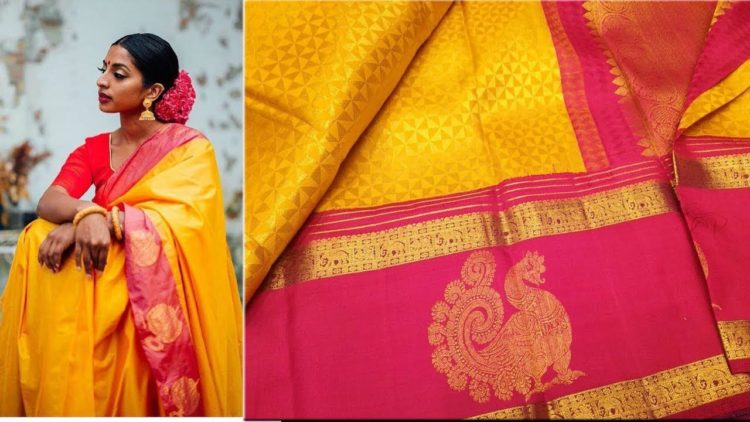
source: youtube.com
7. The sari underpins a huge number of handloom weavers in India
Albeit current records in India don’t give accurate numbers, material researchers and art advocates are in understanding that sari-weaving includes a sizeable segment of the handloom and weaving segment in India. As per the Textile Ministry Annual Report 2016, current assessments put the quantity of craftspeople utilized by the business at 11 million.
8. The kanchipuram sari and its place in the public eye is effectively being examined and addressed
For quite a long while now, Western culture has been viewed as optimistic, and this has a huge impact on how India perceives style. Particularly in urban communities, an ever-increasing number of individuals are moving towards pieces of clothing that are seen to be simpler to wear, including jeans, shirts and the salwar kameez, with the sari held for uncommon events.
Be that as it may, numerous contemporary planners in India are exploring different avenues regarding the Kanchipuram pattu sari. It remains a point of unmistakable fascination for some youthful planners – with new emphases and creations including steel, parachute nylon and ‘sari-dresses’.
India’s structure network feels that this discussion around custom versus change has been had endlessly, however, most are additionally mindful of the fact that it is so critical to perceive this essential move in materials and piece of clothing style.

source: galstyles.com
9. Kanchipuram Pattu Sarees are wistful
Saris regularly inspire a sentiment of sentimentality and memory, connecting certain saris with specific minutes or occasions, or with the memory of your grandma, for instance. Kanchipuram pattu sarees are frequently passed down starting with one age then onto the next, as a feature of a wedding trousseau or given as presents for achievement minutes.
Just as being practical articles of clothing, in the same way as other parts of our garments, saris are profoundly associated with our memory and personality.

